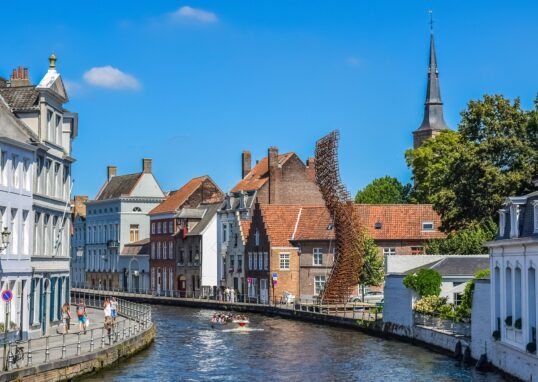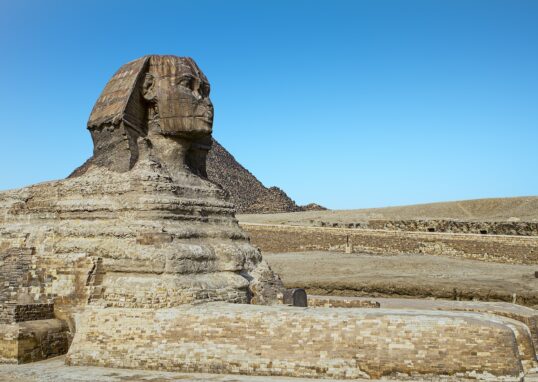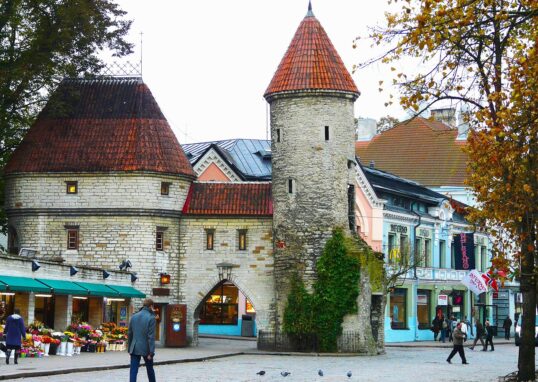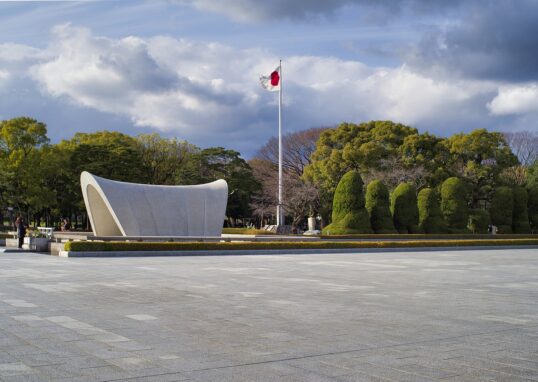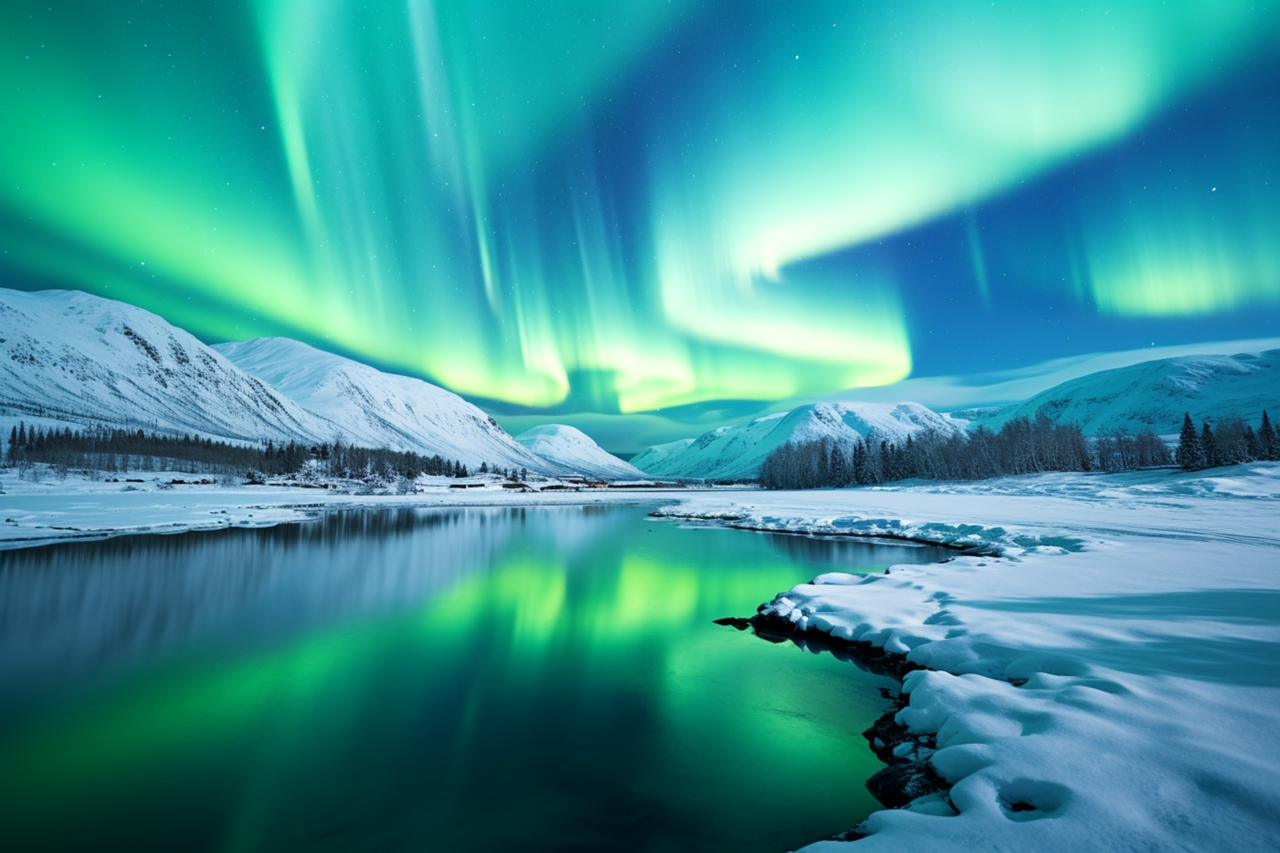
The Sky’s Forgotten Language: Decoding the Northern Lights’ Whispered Secrets
The Aurora Borealis, Scandinavia & Canada
The Aurora Borealis, also known as the Northern Lights, is an incredible natural event occurring mostly in polar regions, especially Scandinavia and Canada. It is produced by hits of solar protons in the upper atmosphere, which gives it different colors in the night sky. Scandinavia and Canada are among the best places to see this amazing procession, offering ancient landscapes and optimal viewing positions.
In Scandinavia, countries such as Norway, Sweden, and Finland provide some great opportunities to see the Northern Lights. Threats, Norway, often called “gateway to the arctic”, is a popular base for Aurora hunters, offering guided tourism, dog sledding and comfortable cabins. The island of Loofoten provides a fantastic background for light, with its dramatic mountains and fjords. In Sweden, Abisko National Park is known for its Clear Sky and Aurora Sky Station, which is an important place to see. The Lapland region of Finland, especially around Rowanimi and Kaxlottenn Arctic Resort, provides a glass igloo and a log cabin for a unique Arctic experience.
In Canada, the northern lights can be seen in northern regions, including Yukon, the northwestern Territories, and Nunavut. Yelonife, in northwestern territories, is one of the world’s best Arora-looking destinations, with clear skies and dedicated Arora villages. Whitehorses in Yukon offers winter activities with Arora tours, from snowmobiling to Hot Springs. Churchill, Manitoba, known as the “Polar Bear Capital of the World,” also offers spectacular aurora displays, especially during winter.
Viewing the Northern Lights
Tromso, Norway
Prime Time: Late September to early April
Activities: Dog sledding, reindeer safaris, and Sami cultural experiences
Abisko, Sweden
Aurora Sky Station: Ideal for viewing the lights
Best Time: November to March
Blue Hole Phenomenon: Increases chances of seeing the lights
Yellowknife, Canada:
Known as the “Aurora Capital of North America”
Best Time: Mid-August to late April
Aurora Village: Offers teepees, local Indigenous cultural experiences, and photography opportunities
Rovaniemi, Finland
Glass Igloos: A Unique way to view the lights
Best Time: Late August to early April
Scandinavia and Canada provide a variety of activities that enhance the aurora experience. For instance, in Scandinavia, snowshoeing, ice fishing, and reindeer sleigh rides are offered; conversely, Canada provides the opportunity for dog sledding, ice road tours, and Indigenous cultural experiences.
Northern Lights in Canada
Yukon
Whitehorse: Whitehorse is popular because it has regular Northern Lights shows. Guided tours and comfortable playing lodges are also worth your time. The nearby wilderness and the absence of obstacles help you see the sky.
Tombstone Territorial Park: This is a remote location with exquisite nature and one of the darkest skies for viewing the aurora.
Northwest Territories
Yellowknife: Reputed to be the most visited place in Canada to see the Northern Lights, Yellowknife offers up to 240 nights of the Northern Lights per year. The lack of hills and clear skies only tends to the northward physical brilliance, which is very well organized.
Aurora Village: This very special resort is located near Yellowknife. Visitors take shelter in heated teepees and view the aurora with the help of professional guides.
Nunavut
Iqaluit: The capital of Nunavut, though remote, offers excellent viewing opportunities due to its high latitude and dark skies.
Alberta
Jasper National Park: As a Special Dark Sky Reserve, Jasper offers an exotic combination of rugged mountains and magical sky shows, with auroras regularly appearing in winter.
Fort McMurray: This town in northern Alberta seems to have earned a place in the hearts of northern lights chasers due to the frequent and bright displays of the northern lights there.
Manitoba
Churchill: It may be polar bear and beluga whale season in Churchill, but the town’s fame is enhanced by its breathtaking Northern Lights views, especially in winter.
Quebec
Mont-Mégantic National Park: Another Dark Sky Preserve is one of the best locations in Eastern Canada to witness the aurora, though less frequent than in the far north.
Weather and Viewing Conditions:
Clear Skies: The best conditions for viewing are during clear nights with no cloud cover.
Solar Activity: The aurora directly depends on solar activity and magnetic weather forecasts, which could be obtained from the internet. Thus, the internet has become one of the remedies for the eyes to see the brighter lights.
Cold Temperatures: The weather becomes especially cold during the peak, so people must bring the right clothes to avoid catching a cold in the northern places.
Cultural and Scientific Significance
Indigenous Beliefs
The Northern Lights bear cultural significance for aboriginal peoples.
Scientific Exploration
For centuries, the solar wind and the Northern Lights, which appear when they encounter the Earth’s magnetic field, have been the subject of countless studies.
Practical Information
Best Time to Visit
A trip to the northern lights area will require guides to the area and a set of warm clothes.
Photography Tips: For the best results, it is fundamental to know the necessary settings on a camera, of which I will provide some examples, and to perform actual exercises for handling the camera.
Whether you look at the light dancing in the sky from a glass igloo in Finland or a comfortable cabin in Yukon, the Northern Lights provide an unforgettable experience with the miracles of the natural world. Their beauty and unique experiences around them must create these sites for everyone in search of extraordinary adventure work.
Tips for Visitors
Be Patient
As for the Northern Lights, you can never make a mistake by having patience. It can happen that you will need to stand by for a few hours, or even for the whole night, to see a good show.
Check the Forecast
Look for weather forecasting applications or browse the official websites of the Aurora Forecast to survey the chances of viewing the auroras. These tools supply information on the time, solar activity, and cloud cover updates in real-time, by which you can organize your watching sessions.
Respect the Environment
Before you go to dark areas to see the northern lights, be responsive to the local environment and wildlife. Do not interfere with animals’ natural surroundings; always abide by the Leave No Trace principles.
Aurora Borealis, also known as the Northern Lights, is a breathtaking natural phenomenon that appeals to travelers with its colorful charm, which develops during the night. This magnificent visual performance primarily occurs in the polar areas, and generally, the most amazing different angles are produced in places such as Norway, Sweden, Finland, Iceland, and Canada. Especially in winter, when the nights are longest and darkest. The auroras are created by the electrically charged particles of the sun that fall to the Earth’s atmosphere, where they collide to make sheets of light with green, pink, and sometimes red.
The Aurora Borealis excursion is a striking experience for people from near and far who seek out the breathtaking, magical show. Tourists can join guided outings that bring them to worthwhile spots away from city lights. This is a great experience to see the wilderness, which offers an outstanding view of mountains, rivers, and forests.
Northern Lights
It sometimes takes a while for those who want to see this fabulous natural phenomenon with their own eyes, as the auroras are not constant and they vary from relatively weak to the most mesmerizing colorful waves of light that ripple and swirl high up in the sky. Some tours add to the fun by having instructors who can help with photography, taking a camera 1st, warm clothing, and even campfires while the show is awaited. The ecstasy of this event is sometimes infused with a feeling of being stumped by this unusual yet beautiful artistry that seems to have been brought into nature by nature only. In addition to the bright auroras, the fixtures around the place are pretty attractive, with their facilities for activities such as dog sledding, snowshoeing, and visits to the traditional Sami villages to learn about the indigenous culture.
Travelers can also enjoy local food, including heavy dishes that warm the soul on snowy evenings. The thrill of searching for the Northern Lights generally promotes good fellowship among the other travelers, causing them to share memorable stories that might last for a very long time, even after the journey ends. Travellers also visit Banff National Park, Canada’s first national park. The park covers approximately 6,641 square kilometers and is one of the country’s most famous nature reserves.
Conclusion
The Aurora Borealis symbolizes the Earth’s natural beauty and might; catching sight of it is a unique opportunity to relate profoundly to nature. Such scenarios may include simply basking in the shimmering light of the crisp evening air or being part of multiple activities that make it glow creatively. The Aurora Borealis is a journey that captivates the heart and inspires the spirit, leaving an indelible mark on all fortunate enough to experience its magic. The Aurora Borealis is an incredible natural phenomenon every tourist needs to visit. You will undoubtedly have a great time, whether in Norway, Canada, or Finland, where these terrific lights will guide you to everlasting memories. Apart from the spectacular natural phenomena, the Northern Lights reflect a special bond of nature and cultural heritage and seem to draw people into the mystical cosmos.








